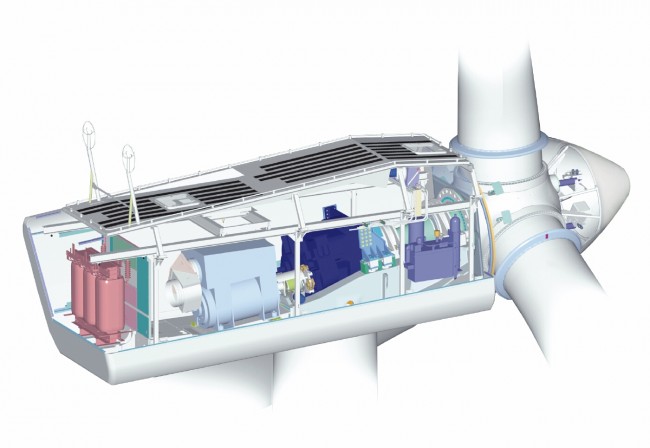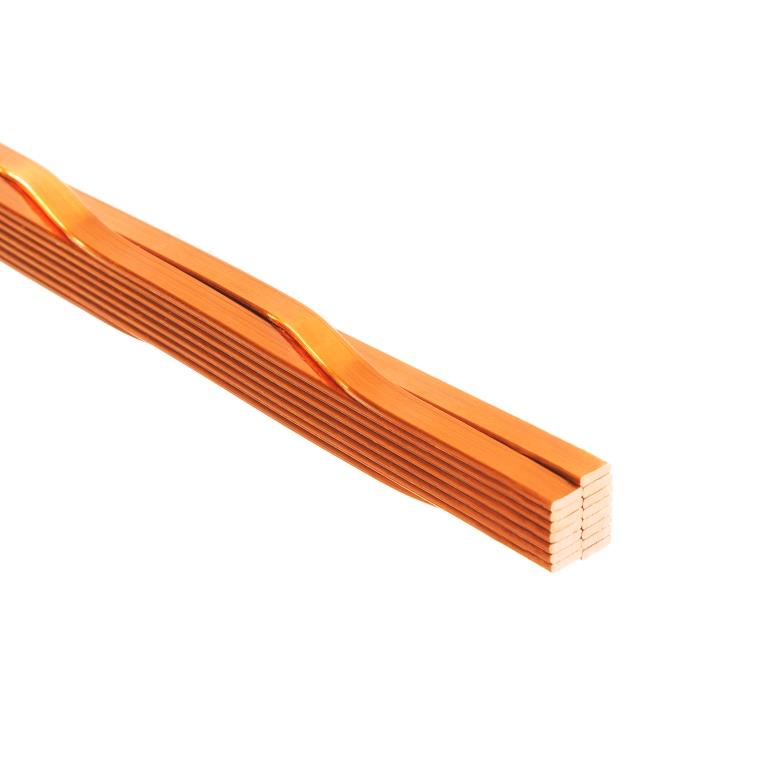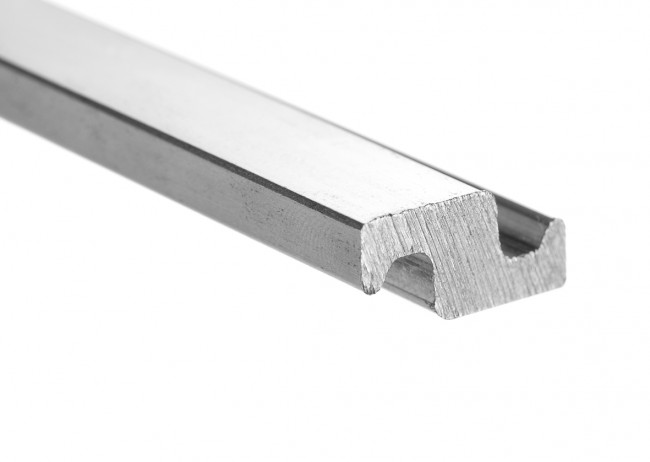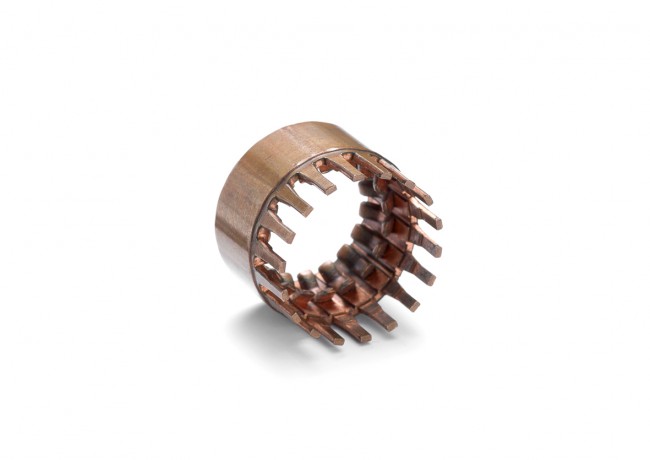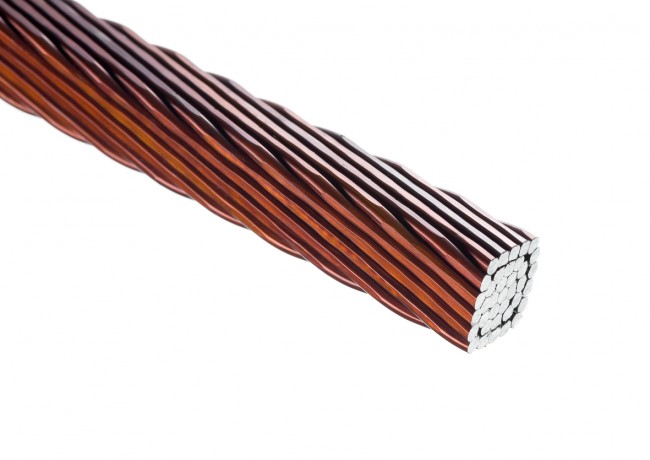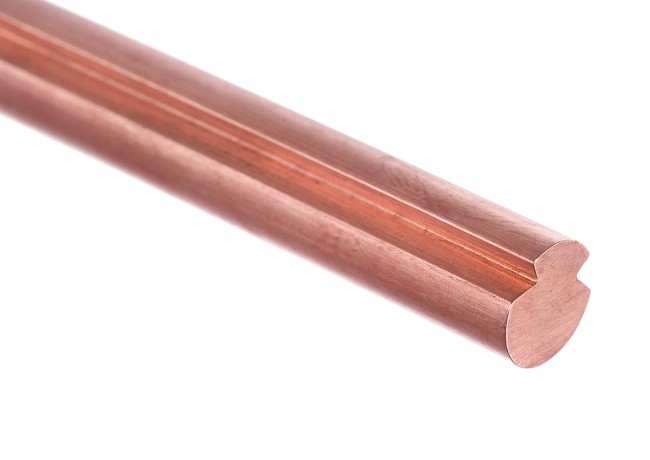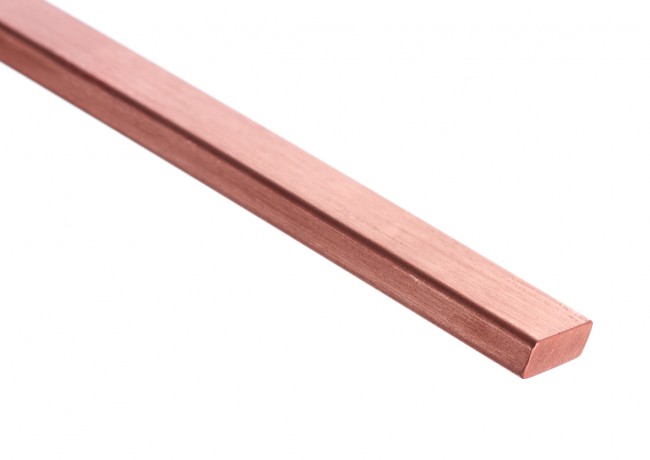Facing the challenges of future energy supply today
Fossil fuels such as coal or oil are becoming increasingly depleted. According to the calculations of many experts, the current oil production rate cannot be increased much further, while the effects of climate change are becoming more and more evident. Therefore, we are not only forced to save energy, but also to produce energy in the best possible environmentally and climatically friendly manner.
Against the background of this increasingly clearly emerging scenario, the development and expansion of renewable energies has already been pursued for many years. FUHR is also following this global trend in the further development of its ultramodern rolling technology; be it hybrid drives, photovoltaics, wind or hydro power – our demanding customers have good reasons to rely on our innovative rolling mills for highly efficient energy generation concepts.
But also in the area of conventional energy resource exploitation, such as offshore technology, our rolling technology is leading in the production of flexible pipes for flow lines and jumpers.


